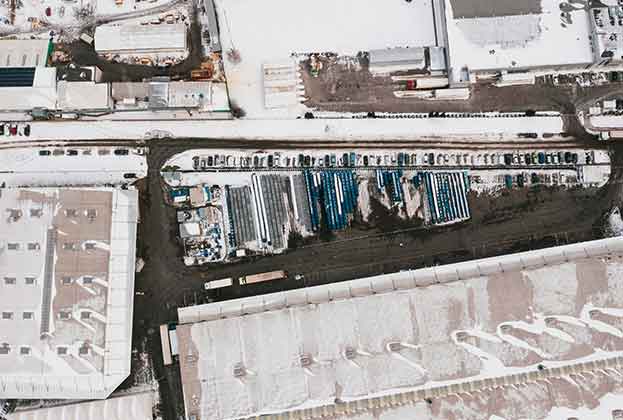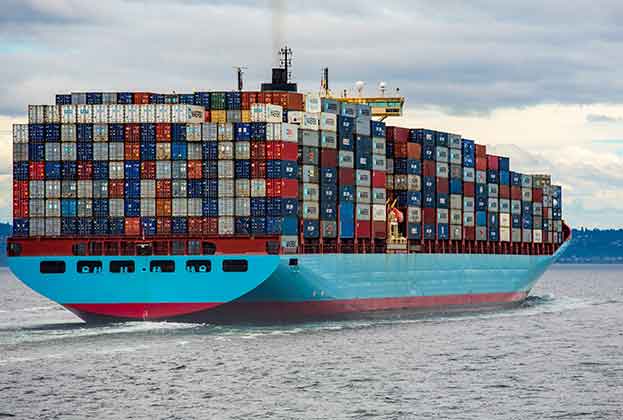Is a switch to more accommodative monetary policy imminent, or will geopolitical events delay cuts?
Preliminary indicators for the eurozone (EZ) and EU show that GDP was stable in the final quarter of the year, edging up by 0.1% and 0.2%, respectively. Full-year estimates show an increase of 0.5% compared to 2022, which is promising considering the bleak outlook at the start of the year.
More high-frequency data paints a grimmer picture, with EZ Construction PMIs showing a continued slump in January with forward-looking components of the index suggesting construction output will drop sharply in the first half of the year. Similarly, EZ retail sales in December fell by 1.1% in December, following on from a 0.4% annual decline in household consumption in Q3 2023.
Eurozone inflation fell to 2.9% in December and continued to decline in January to 2.8%, edging closer to the ECB’s 2% target. Energy prices continue to decline, falling by 6.7% in December and 6.3% in January. At the same time, food price inflation continued to slow from 6.1% to 5.7%, with the overall core inflation rate falling from 3.4% to 3.3%. All things equal, core and headline inflation are expected to continue to fall this year. While services inflation has stopped falling, and has remained unchanged at 4.0% since November, it is difficult to see a resurgence in inflation here, with the labour market softening and the knock-on effect of energy prices, putting deflationary pressure on the rest of the economy.
One thing we have been careful to note in this report is the caveat that ‘all-things-held equal’ an improvement in the macroeconomy, occupier markets and investor markets is expected in 2024. There are still geopolitical risks, however, with geo-political risks from conflict in the Middle East threatening Red Sea shipping routes. Indeed, looking at global container shipping rates, one could be forgiven for getting a certain Déja Vú, as rates soar. With 30% of global container trade transiting through the Suez Canal, risks of further escalation have seen the cost of transit from Asia to Europe increase nearly five-fold.
According to Oxford Economics, the disruption in Red Sea shipping is anticipated to have significant ramifications on transport costs, potentially leading to a 0.3 ppt increase in eurozone headline inflation and a 0.4 ppt rise in core inflation for 2024, particularly concentrated in the latter half of the year. Firms will likely transfer most of the cost increases to consumers; however, subdued demand could dampen the extent of price hikes. Furthermore, there is a possibility that supply chain disruptions might reinforce the pricing authority of logistics firms, thereby exacerbating consumer price shocks. While the impact of soaring shipping rates from Asia to Europe on inflation is recognised, comprehensive data to assess this effect remains limited.
Despite potential counterbalancing effects from drops in gas prices, core inflation is expected to persist above the 2% mark in the second half of 2024. Projections for European Central Bank (ECB) rate cuts are being re-evaluated, with expectations shifting from April to June due to mounting concerns over rising core inflation, with a total of 125 basis points in cuts expected to be implemented throughout the year. Further supply chain disruption is likely to only further amplify the trend of increasing onshoring.
Read the articles within Spotlight: European Logistics Outlook – February 2024 below.
.jpg)

